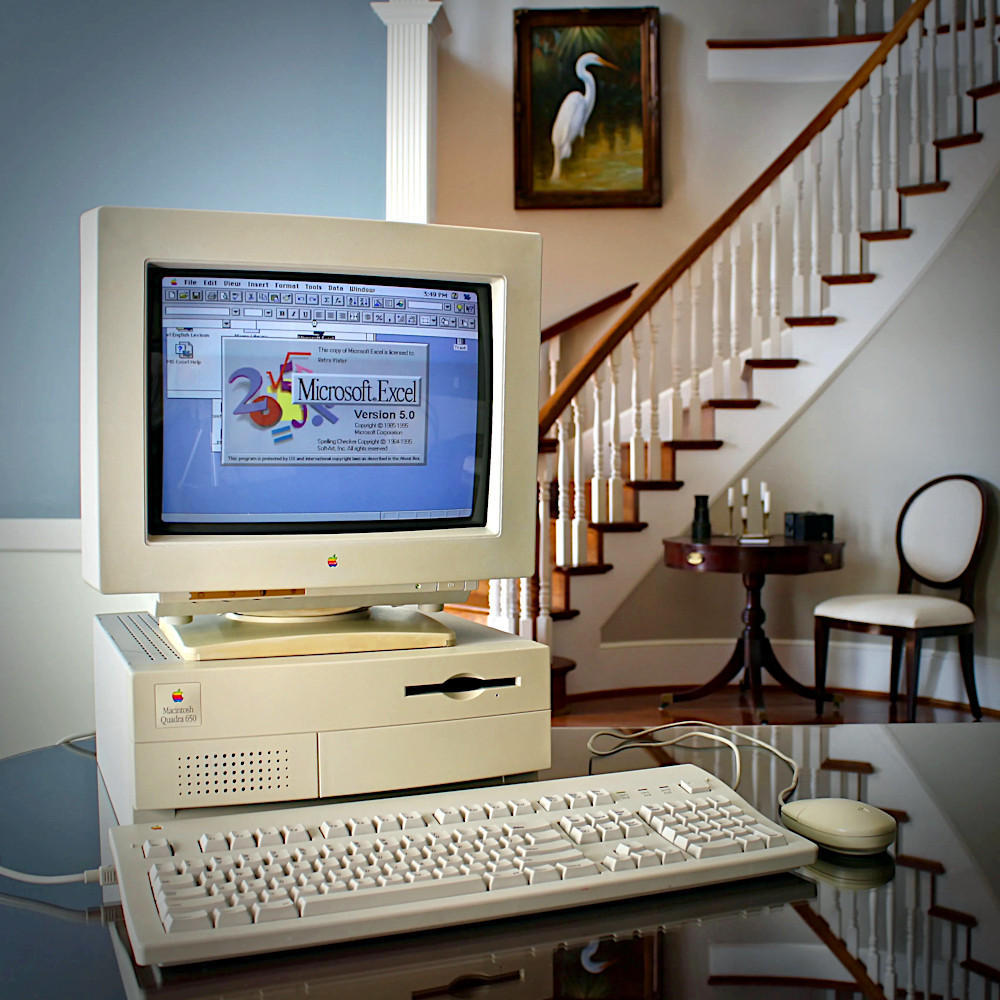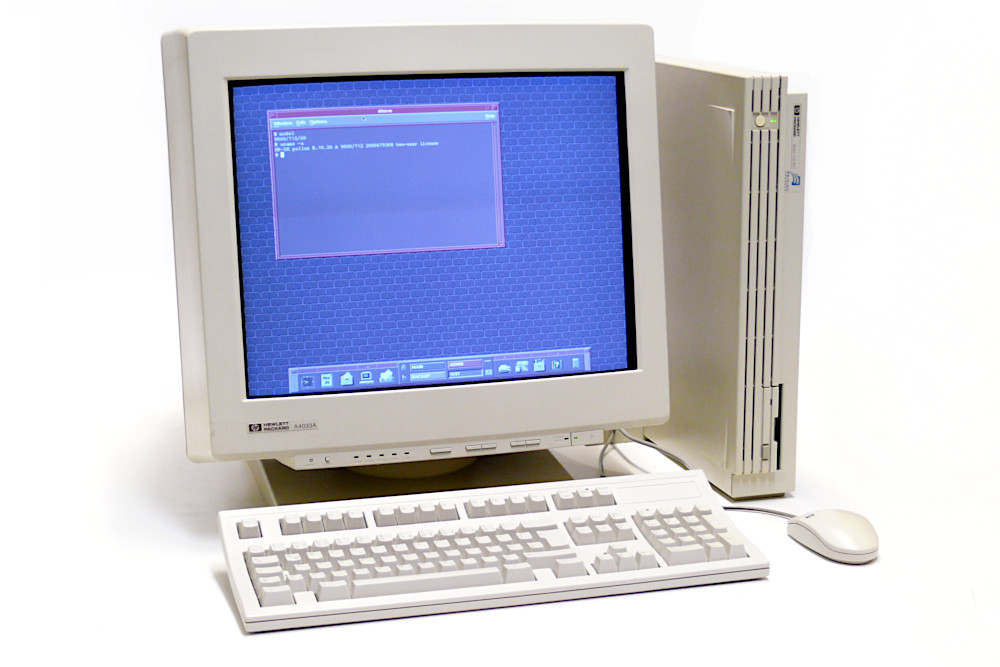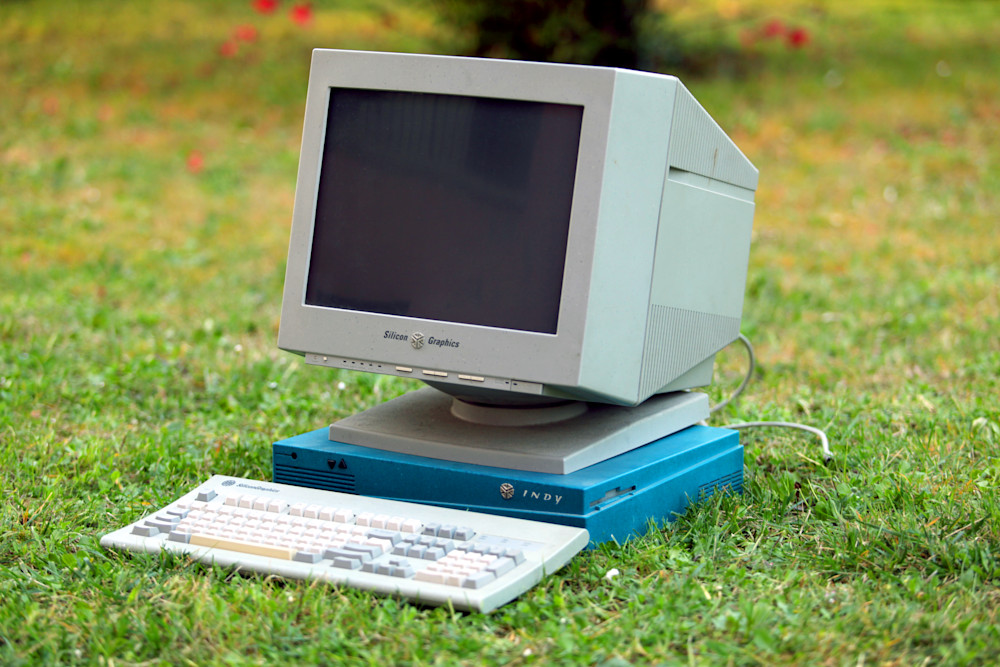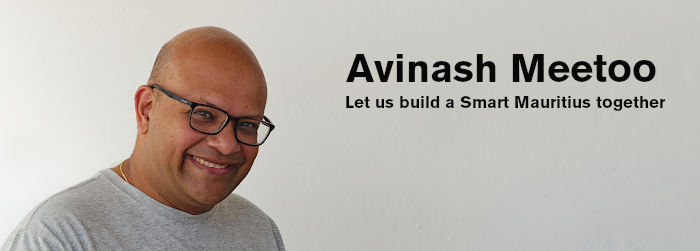
I started university in 1993 in Réunion Island. I had obtained a French scholarship and I enrolled for a “Diplôme d’Études Universitaires Générales (DEUG) Sciences et Structures de la Matière” (which was mostly a Diploma in Maths and Physics with a bit of Computer Science).
During my statistics classes, I used an Apple Mac Centris 650 (also known as the Quadra 650). My best souvenir, from 30 years ago, is getting my stats assignments by email, doing them in Excel 5.0 (which was so quick and lean) and sending my work to my teacher by email. This was a time where there was no Internet in Mauritius.
This made me realise that the future would probably have less paper.
I arrived in Lyon in France in 1995 and started my “Diplôme d’Ingénieur en Informatique” (a Master’s Degree in Computer Science) at the “Institut National des Sciences Appliquées” (INSA Lyon).

At INSA, I used a PC running Windows NT 3.51 mostly to access a Sun Solaris server (named ifhamy). My favourite computer, which I could use in my Computer Science labs, was an HP 9000 Model 712 UNIX workstation. It ran HP-UX and I used it a lot for programming but also to marvel at the user interface powered by the Common Desktop Environment. I became very productive creating virtual desktops and switching between them.
This made me realise that computers of the future would adapt to the user instead of the other way around.

In 1998, I started doing an internship in a French startup called Technodigit which was acquired a few years later by Leica Geosystems AG which is itself part part of Hexagon. There, I used a Silicon Graphics Indy running IRIX (a UNIX) workstation to write C++ code to manage millions of vertices and edges in 3D models of objects which had been scanned with a 3D laser scanner. I loved using the Silicon Graphics Integrated Development Environment (IDE) with its debugger as well as discovering Open Inventor, a library to create graphical applications. I fondly remember using the first SGI port of the HP Standard Template Library (STL) for C++.
This made me realise that “professional” computers could be fun to use and beautiful things could be discovered every day. Of course, having owned a Commodore Amiga 500 when I was an adolescent, I knew computers were fun but I hadn’t realised that all computer could be fun.
Today
At the end of 2024, I routinely use a number of computers and computing devices.
My main computer is an Apple Mac mini M1 and I have configured it to be very enjoyable to use too. I use that computer for everything I do, from the most “serious” work to composing my music. I spend a lot of time in the terminal writing programs and scripts too. When I am on the move, I use an Apple MacBook Air M1. It’s mostly a clone of the Mac mini except for the music software. Both run macOS which is a kind of UNIX.
My main phone is a Samsung Galaxy S23 FE and I also have a backup, a OnePlus 7T. Both run Android which has a Linux kernel. I use my phone as a phone (duh) but also for automating some tasks (I like using Tasker) and connecting to my various computers using SSH. Finally, I have a server at home running Fedora Linux as well as a server on the cloud running Debian Linux.
I am thinking of getting a computer in the future running Windows in order to play games but, for the time being, I do not use Windows.
And, seriously, I have a lot of fun using these different kinds of devices, running different operating systems and, well, having different idiosyncrasies (or ways of doing things!).
I love being “forced” to think differently every day. I don’t like living in uniformity.

Wow, what an incredible journey through the evolution of computing! It’s fascinating how each stage of your experience—from the Apple Mac Centris 650 to modern-day Mac and Linux systems—has shaped your perspective on adaptability and innovation. I love the insight that computers can and should adapt to users, not the other way around. Also, your appreciation for diverse operating systems and devices truly highlights the beauty of exploring technology without limitations. Thanks for sharing such an inspiring reflection!”
Thanks Hafiz. I love all the computers I have been using since I was an adolescent 35 years ago. They have made me very flexible.